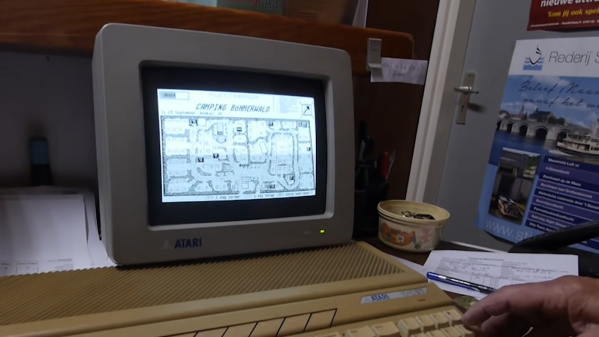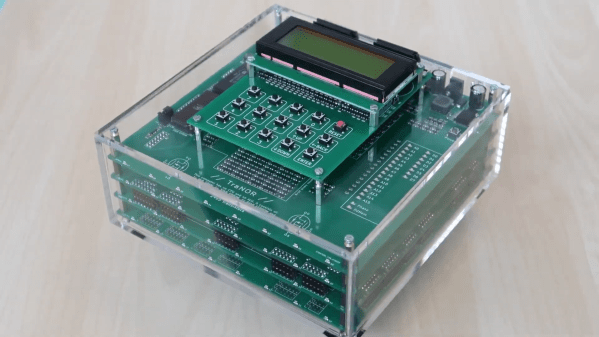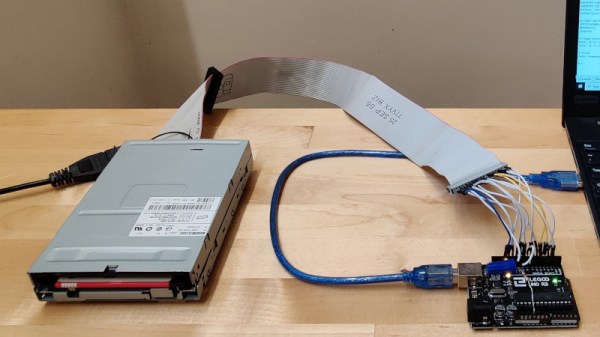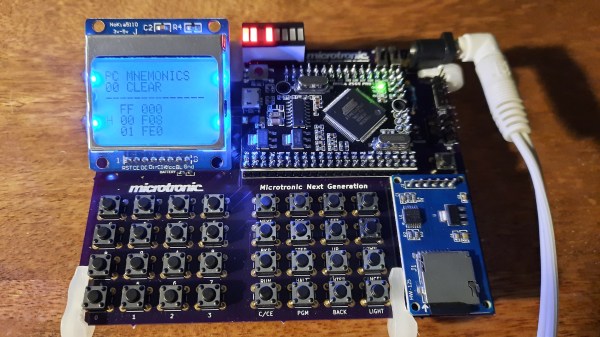“Don’t fix it if it ain’t broke”. That’s what we guess [Frans Bos] has been thinking for the past few decades, as he kept using his Atari ST to run a booking system for the family campground. (Video, embedded below.)
Although its case has yellowed a bit, the trusty old machine is still running 24/7 from April to October, as it has done every year since 1985. In the video [Frans] demonstrates the computer and its custom campground booking system to [Victor Bart].
To be exact, we’re looking at an Atari 1040STF, which runs on a 68000 CPU and has one full megabyte of RAM: in fact it was one of the first affordable machines with that much memory. Output is through a monochrome display, which is tiny compared to the modern TFT standing next to it, but was apparently much better than the monitor included with a typical DOS machine back in the day.
Since no campground management software was available when he bought the computer, [Frans] wrote his own, complete with a graphical map showing the location of each campsite. Reservations can be made, modified and printed with just a few keystrokes. The only concession to the modern world is the addition of a USB drive; we can imagine it was becoming difficult to store and exchange data using floppy disks in 2021.
We love seeing ancient hardware being actively used in the modern world: whether it’s floppy disks inside a Boeing 747 or an Amiga running a school’s HVAC system. Thanks to [Tinkerer] for the tip.
Continue reading “Atari ST Still Manages Campground Reservations After 36 Years”

















